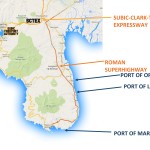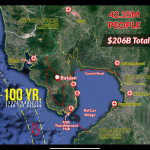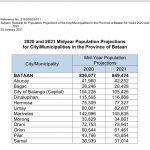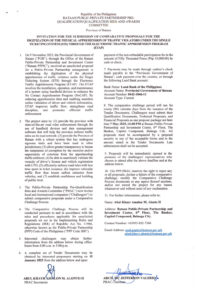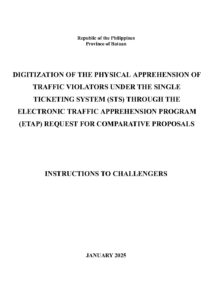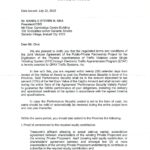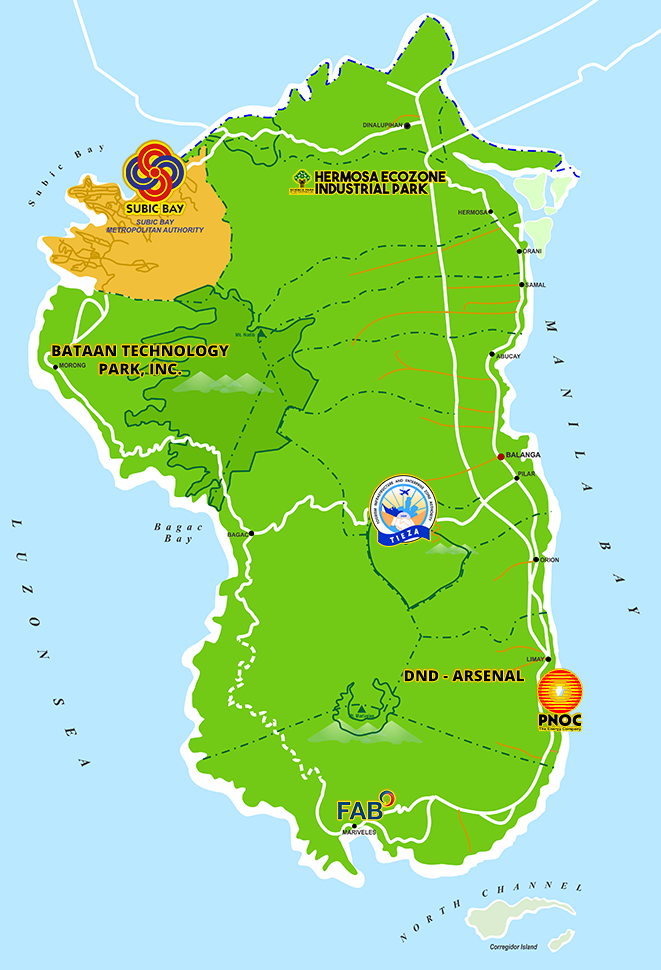About Bataan
Total Land Area – 137, 296 Hectares
Upland Hills & Mountain Area – 111,072 Hectares
Lowlands & Plains – 26,224 Hectares
Coastline – 18,800 Hectares
Population – 849,474 (2021 projected)
Annual Growth Rate – 1.58%
Municipalities – 11
City – 1
Barangays – 237
Congressional Districts – 2
Income Classification – 1st Class
Bataan at a Glance
Bataan rings a chord in the heart of every Filipino. It is a symbol of democracy and freedom – a memorial to the gallant Filipino-American defenders of Bataan who fought decisive battles that delayed the timetaale of the well-equipped and better trained Japanese Imperial forces, and changed the course of history in the Pacific.
Obscure and relatively unknown before World War II, Bataan was founded in 1754 by Governor General Pedro Manuel Arandia. The region was divided into two parts – The Corregimiento of Mariveles and the province of Pampanga. The towns of Mariveles, Bagac, Morong, and Maragondong, Cavite comprised the Corregimiento of Mariveles which was under the jurisdiction of the Recollect Order of the Roman Catholic Church. The province of Pampanga included the towns of Orion, Pilar, Balanga, Abucay, Samal, Orani, Llana Hermosa, and San Juan de Dinalupihan. The group was under the charge of the Dominican Order.
The Dominicans founded Abucay on June 10, 1588, Samal on April 30, 1641, Orion April 30, 1667, Orani and Balanga on April 21, 1714, Llana Hermosa May 8, 1756 and Pilar March 10, 1901. The three towns on the western side-Mariveles, Bagac and Morong were founded by the Franciscans in about 1578.
Bataan has more than its share of significant historical events: in 1574, the dreaded Chinese Limahong used Lusong point at the western side of Bataan as a landing place; in 1647, the Dutch Naval Forces perpetrated the Abucay Massacre; and the Bataan Death March to Capas, Tarlac started in the municipalities of Mariveles and Bagac. Today, touching commemorative shrines are dedicated to the memory of those who resisted the Japanese occupation – a bayonet thrust into the ground with a helmet symbolically slung over the riffle butt to mark the start of the Death March; and the imposing “Dambana ng Kagitingan” on top of Mt. Samat in Pilar, Bataan.
Bataan is a province faced with a challenge. It is on the verge of becoming both an extensive industrialization hub and a tourist haven which may well be the equivalent of the dynamic force it exuded in its historic past.
Invest in Bataan
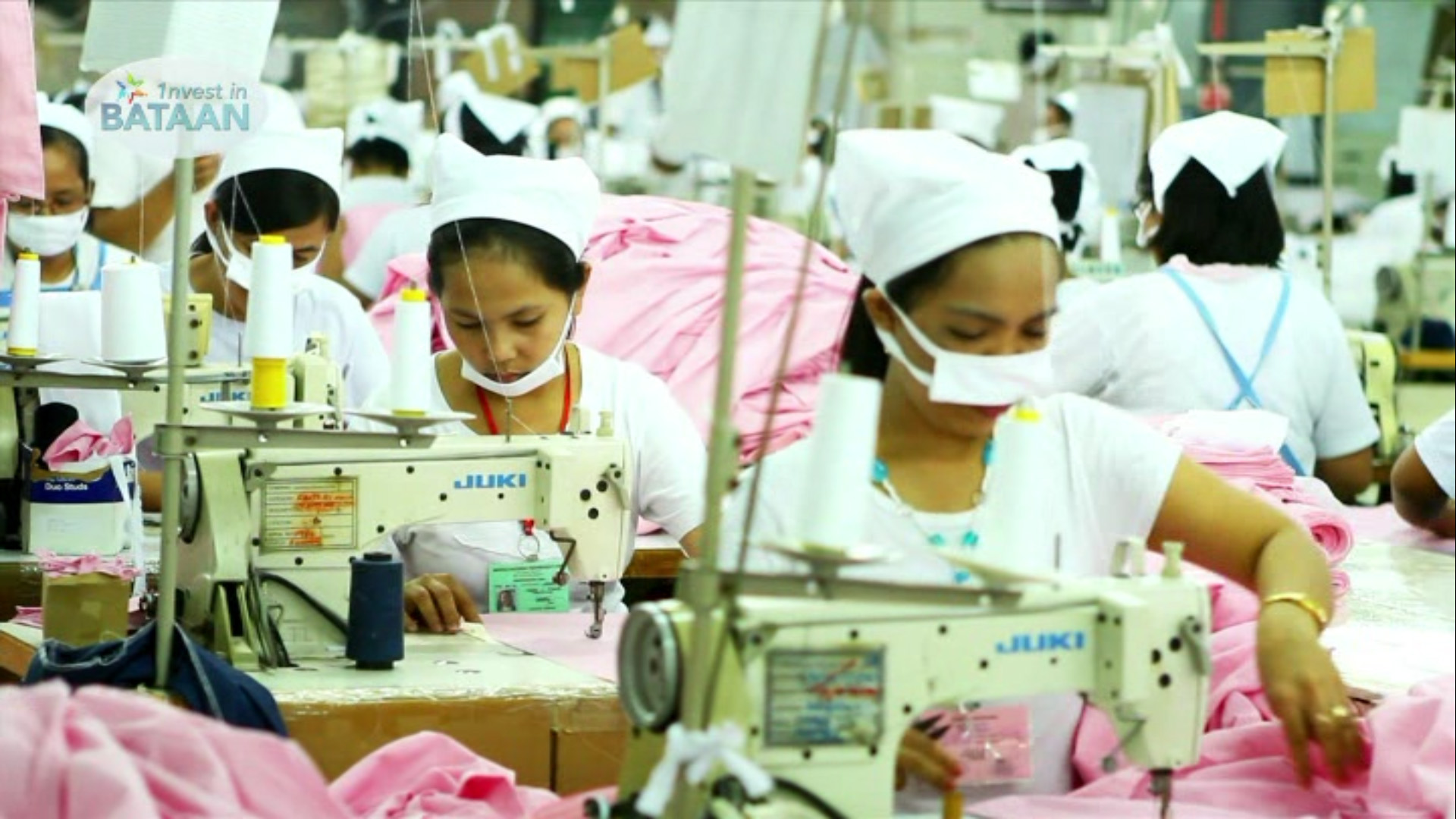
CONTACT INFO
EMAIL: onebataan@gmail.com |
governor@bataan.gov.ph |
PHONE: (+6347) 237-5540 |
TELEFAX: (+6347) 237-2413 |
www.bataan.gov.ph |
www.1bataan.com |

